Announcer:
The following program is a PBS Wisconsin original production.
Frederica Freyberg:
Tonight, team coverage on the COVID-19 pandemic in Wisconsin. I’m Frederica Freyberg. Next on “Here & Now,” new information from Health Services Secretary-designee Andrea Palm. Plus the latest on the shortage of personal protective equipment across our state. Then, a look ahead at the political battle over the April 7th election in Wisconsin. And in our closer look, a new rapid coronavirus test developed right here in Wisconsin. It’s all next on “Here & Now” for March 27, 2020.
Announcer:
Funding for “Here & Now” is provided by the Focus Fund for Journalism and Friends of PBS Wisconsin.
Andrea Palm:
If we continue on our current path without implementing “safer at home” to flatten the curve, the models show us that we would likely have 22,000 Wisconsinites who are positive for COVID-19 by April 8th and an estimated 440 to 1,500 deaths.
Frederica Freyberg:
Those are the numbers provided by the Wisconsin Department of Health Services in defense of the “safer at home” order. The goal is to keep people off the streets and at home across Wisconsin in the wake of the COVID-19 outbreak. The social distancing measure closes all nonessential businesses and comes just one week after Governor Evers said he didn’t believe a shelter in place order would be necessary. After consulting with health professionals and scientists, the Wisconsin governor said a more drastic step to stop the spread of the virus was necessary. Here’s a snapshot of how the virus has spread across our state. In the past week, the number of positive cases has more than quadrupled to 842. This week, State Epidemiologist Dr. Ryan Westergaard says based on the models, the infection rate in Wisconsin is likely two to three times worse than what the numbers show. In that same one-week time period, deaths in the state have increased from three to 13.
There are now more COVID-19 positive cases in the United States than anywhere else in the world. Working overtime and on the front lines of Wisconsin’s fight against COVID-19 is Secretary-designee of the Department of Health Services Andrea Palm. She joins us tonight via Skype with the very latest information and thank you so very much for joining us.
Andrea Palm:
Thanks for having me again.
Frederica Freyberg:
Dane County put out an emergency alert today saying if you leave your home, you should assume you have been exposed. What is your response to that action on the county’s part?
Andrea Palm:
So we work very closely with our local public health partners around the state. Obviously we have home rule here in Wisconsin. So our local public health departments are doing what they need and want and have to do based on the outbreak, the number of cases in their own communities. And so here in Dane County, our local public health folks decided that based on what they are seeing in their own data, they needed to make this alert. We obviously continue to work very closely with them to make sure they have the assets and resources that they need to continue to do the necessary contact tracing to make sure that we are stopping the spread of this disease. But I think, right, it speaks to the larger order that was signed earlier this week. Folks need to take this seriously. They need to pitch in. We need to do everything we can to break the spread of this transmission and staying home and remaining physically distant from other people is the way we have to do that.
Frederica Freyberg:
The governor today called cases and deaths in the African-American community in Milwaukee a crisis within a crisis. Why is that happening?
Andrea Palm:
So I think the science, like all the science in this outbreak, is continuing to develop and emerge and we are — our scientists and scientists around the globe are working carefully and closely to help us understand as data emerges what’s going on and how we use that to inform our response and the clinical care that is provided to those who are more severely ill. I think if Dr. Westergaard were here, he would say that it’s too early to know that we — it’s too early to know anything specific about the African-American community as it relates to this outbreak, but it is absolutely something when it comes to health equity, when it comes to making sure we know what we need to do to treat folks appropriately, that we absolutely want to learn and understand more about.
Frederica Freyberg:
I believe it’s true that the state is still in short supply of those reagents to complete the tests. Who are you calling on to get those to us?
Andrea Palm:
So we are tracking closely the different ingredients that are necessary to run these tests. And I should say that as an additional types of tests are coming online, it does expand the types of ingredients that can be used. In their parlance, they talk about platforms. What platform are you running the test on? And those take different kinds of ingredients. And so that will help us relieve some of that pressure. But there absolutely are and continue to be near future shortages of some of the pieces of these tests that we need.
Frederica Freyberg:
It seems that other states like New York in particular are testing at very high volumes. Are we losing critical supplies to states like that because they are being diverted?
Andrea Palm:
So we are hearing anecdotally. We are hearing reports from our lab partners around the state that there is some diversion happening. That they are hearing from their suppliers, that they are moving product to other states. And so we have expressed concern to our partners at the federal government about that diversion. And so we — I think it’s generally one of the issues in this response nationally, we are competing with our fellow states for limited resources, right? There are global supply chain issues. Whether it’s PPE or whether it’s some of these reagents, and the idea that it is an efficient way to be responding to this epidemic by all of us chasing the same supplies when it would be really, really helpful coordination function for the federal government to help us not be competing against each other and doing some extra work with us to help us get the supplies that we need.
Frederica Freyberg:
Are you being heard on that? Are states being heard on that by the federal government?
Andrea Palm:
So we continue to press. I mean, I recognize we here in the state of Wisconsin are a few weeks behind some of the hot spots around the nation. But that does not mean that we don’t have critical needs that need to be fulfilled and that we need this capacity to test citizens here in the state of Wisconsin. And so I think the governor has been participating on these — in these conversations with the White House. He continues to press the need to make sure that states are receiving the kinds of resources that they need, whether it’s PPE, whether it’s reagents and other critical medical supplies. And we will just continue to press on that.
Frederica Freyberg:
Given your models, do we have enough ICU beds and ventilators in Wisconsin and, if not, what will we do?
Andrea Palm:
So that is — that gets to the heart of why flattening the curve and “safer at home,” this is like a critical moment for that, right? So our goal, as we discussed, is for the peak to be lower and sooner. That is about where — that is about hitting a number that is below our bed capacity and our manpower capacity. And so while we are all diligently working to flatten the curve and lower our peak to be under that capacity, we are doing all the other things we need to do in case. And those are the strike teams that are working with all of our statewide resources out of the SEOC to do surge planning so that we are — we know where our potential additional facilities are to build hospital bed capacity so that we know how hospitals are going to share resources and beds and triage and do the kinds of movement and things that they can do together to make sure that our capacity is as flexible and as adaptable to serve folks who need to be served. But all of those activities are going on in real earnest right now. And staying at home and the order are part of also giving us the lead time to do that kind of work, because obviously if the peak is above where it should be, if we’re all doing “stay at home” well, we will have less time and less resources to be ready for the surge that will come.
Frederica Freyberg:
Meanwhile, in the midst of all of this, there’s such a shortage of personal protective equipment for doctors and frontline workers that the governor is asking for donations or that the state will buy large quantities of these, everything from masks to thermometers. How dire is this?
Andrea Palm:
It’s not enough, and we continue to hear from the front lines that they need more supplies. And so we are tracking closely with those partners, our county and local partners, about their needs and continue to press both on the federal government and private supply chains so that we’re able to meet those needs. But I certainly don’t want to sugarcoat it. This is an issue and it is why it is one of our top priorities. And we’re not alone. States around the country are experiencing the exact same thing.
Frederica Freyberg:
Secretary-designee Andrea Palm, thank you very much.
Andrea Palm:
Thank you.
Frederica Freyberg:
As you just heard, there is an urgent need for personal protective equipment. Health care workers and first responders need more masks, gloves and gowns to prevent exposure to COVID-19, especially if there is a surge in cases. While the search for more supplies is ongoing, Marisa Wojcik tells us what people are doing locally.
Bob Salov:
I don’t think we’ve seen the worst yet. Yes. I’m very busy. I’m very busy.
Marisa Wojcik:
Health workers on the front lines in Wisconsin are bracing themselves for impact from an expected surge of COVID-19 cases. Bob Salov is the director of Emergency Medical Services in Cambridge.
Bob Salov:
They’re going to wear PPE – personal protection equipment: minimally gloves, probably a mask.
Kate Walton:
An N95 mask which is a mask designed to keep airborne particles out. There’s also usually a face shield.
Marisa Wojcik:
Kate Walton is an emergency room nurse at UW Hospital in Madison. Like many health care workers, is at higher risk of exposure to the virus.
Kate Walton:
Again, with those droplets from a cough or a sneeze, you don’t want those getting to your eyes. So we’re taking precautions to cover the face as well as to protect the airway.
Marisa Wojcik:
Additional layers of equipment are added when a patient is exhibiting the symptoms of COVID-19, but this equipment is in short supply for the anticipated needs.
Bob Salov:
It’s not sustainable.
Marisa Wojcik:
With all PPE on back order, alternative solutions come into play that are far less than ideal for health professionals, like reusing masks.
Bob Salov:
If we get close, we’ll start looking for alternatives. ‘Cause anything will be better than nothing. And if we have to use scarves or we have to take sheets and cut them up and make masks out of them, we’ll do that.
Marisa Wojcik:
Last week UW Health sent out a call for volunteers to sew masks, but have since pulled that back saying they started to work with manufacturers who can rapidly produce masks that meet the requirements necessary for the protection of our health care workers. A different urgent call from UW Health for a shortage of face shields was answered by Lennon Rodgers, director of the Grainger Engineering Design Innovation Lab.
Lennon Rodgers:
I asked my wife. She an anesthesiologist at UW. I was like, “Hey, I got this email” and kind of through that conversation, I realized it actually is a pretty significant issue.
Marisa Wojcik:
Rodgers ran out to the hardware store that night and created a face shield prototype at their makerspace. In less than two weeks, he’s connected with manufacturers and supply chains to work on mass production of face shields.
Lennon Rodgers:
We’ve had an intake form on our website for the last five days and we have hundreds of thousands– actually millions. People have been requesting millions of them.
Marisa Wojcik:
Many are pushing to convert manufacturing lines to start making personal protective equipment as the wait from the federal stockpile drags on. For those on the front lines, it’s about preventing more exposure to the deadly virus.
Bob Salov:
We’re protecting ourselves. We’re protecting our patients, protecting the community. If it comes as a tsunami, we’ll do our very best.
Marisa Wojcik:
For “Here & Now,” I’m Marisa Wojcik.
Frederica Freyberg:
For those who have lost their jobs, their businesses or who are sick, help is on the way in the form of a $2 trillion stimulus package passed this week by the U.S. Senate and the House just today. The president signed it this afternoon. We invited Wisconsin U.S. Representative Mike Gallagher to join us this week, but with last-minute changes to his schedule, he could not join us. Instead, Representative Gallagher provided us with this statement. “What we face is first and foremost a public health crisis and our primary goal must be to get this disease under control. Until we do so, there’s no amount of federal dollars that will allow us to keep our economy shut down indefinitely. Recognizing this, the CARES Act surges badly needed resources to the hospital systems, health care workers and first responders on the front lines of this fight. It devotes billions of dollars toward testing and other critical supplies and builds on the bipartisan efforts I’ve lead to ensure states like Wisconsin have the resources they need to defeat this disease.” Now, the emergency stimulus called the CARES Act includes direct payments to individuals, retention loans to small businesses so they can keep their workers, expanded unemployment benefits and hundreds of billions of dollars to hospitals and states. We are joined tonight by Democratic U.S. Representative Mark Pocan. Thanks for joining us.
Mark Pocan:
Thank you Frederica. Glad to be here.
Frederica Freyberg:
First tell us about why you support this historic spending.
Mark Pocan:
Because we need it desperately. And we’re probably going to have another package down the road. What’s happening across the country and certainly in Wisconsin we’re seeing it as having a devastating impact on small businesses and big businesses, people’s health. We’re putting our hospitals and health care systems at full capacity and almost over capacity. So we need to get this package done. It’s important. It’s going to put money into people’s pockets who are right now unemployed for no fault of their own. We’ve all been rowing together. Democrats and Republicans try to deal with this and I think that’s really important.
Frederica Freyberg:
Could you name who the biggest beneficiaries are of this package?
Mark Pocan:
People who have lost their jobs at no fault of their own, small business owners, some of the big businesses, like airlines, are going to benefit. Hospitals are going to see money. Local governments are going to see money. There’s a lot. When you have $2 trillion, there’s a lot in here. But honestly, I think more needs to happen especially for some of our small business owners, for people who may be undocumented immigrants, a number of other things got into politics and we need to make sure that everyone is in a place that they’re either being made whole or able to get testing. Because right now, all of that’s crucial to making sure we can overcome this.
Frederica Freyberg:
And you think that another piece of legislation will be forthcoming?
Mark Pocan:
Extremely likely. We’ve already talked about some of the gaps we didn’t have in this package that need to happen in a fourth package. And again, we’re going to try to be committed to working on this in a bipartisan way. I can just tell you in Wisconsin, Mike Gallagher, you just read a statement from. He and I talk on the phone daily and we’ve been able to find some solution, finding companies that have the ability to do tests. We’re finding needs with FEMA in the state to make sure their needs are matching. It’s just real important that we do what we can here on the ground right now but we’re going to need another package.
Frederica Freyberg:
In terms of these direct payments to people, when might people see this money?
Mark Pocan:
So the check, they’re saying about three weeks. The $1200 check to people who make less than $75,000 as an individual or $150,000 as a couple. For people on unemployment, hopefully much sooner. And we’re using the state’s system. There’s already a system set up to deliver that money. So that should be a little easier. What will happen is people will be able to get up to the state max plus $600 a week for the next four months. So people who have the average income in Wisconsin, if you’re unemployed, you should be made whole for the next four months if you are out of work.
Frederica Freyberg:
Because Wisconsin is seeing some 20,000 unemployment claims a day starting Monday of this week. So it’s really bad out there.
Mark Pocan:
Yeah. My business was forced to close. I’m not essential. So I am living this with everyone else. And we’re trying to make sure that everyone’s taken care of. The good news is this bill will take care of people largely. But I want to make sure that small businesses are able to get to a position they can bring them back to work and I think there’s a few gaps still in what we need to do there.
Frederica Freyberg:
You have additional legislation in mind which would keep workers employed.
Mark Pocan:
Yeah. There’s a work share proposal within unemployment insurance where people can start to get back to work at maybe 25 or 50% of hours but still be able to access unemployment. So at the end of the day, the worker will have more money in their pocket than just being unemployed. The business can ramp back up into productivity because you’re not going to instantly turn into 100% productivity and you saved the state UI account money by allowing this to happen. We have it in Wisconsin. 27 states have it. But honestly, it needs tweaks. It’s hard to access. We need to do some changes at the federal level as well. I’ve been talking to everyone from Speaker Vos to the governor about it. I think it’s a good idea and I hope we can make it happen.
Frederica Freyberg:
We’re hearing workers in essential industry or factory positions that are still on the job are worried about having to work with the potential of contracting COVID-19 from the person next to them. What about those concerns? We talk about obviously people losing their jobs. Really bad. Businesses having to close. But then there are these people who are worried about being declared essential employees in a factory or a plant job.
Mark Pocan:
And a couple hundred dollar bonus from Walmart is not going to cut it if you’re exposed like that. So there are some standards in this bill. But that’s part of why a fourth bill, too. I think we need even more standards by OSHA to protect every worker who right now is doing essential things. People making ventilators, running our tests to see if people have COVID-19 and operating our grocery stores and gas stations. I mean these are all things– everyone has to be protected. Some of that’s in this bill. I think more has to happen in the next one.
Frederica Freyberg:
We need to leave it there. Thanks very much for joining us, Representative Mark Pocan.
Mark Pocan:
Thank you.
Frederica Freyberg:
Looking ahead, we are just 11 days away from the April 7 spring election as it is currently scheduled, but there are four lawsuits in the federal courts right now that could scramble those plans, including one lawsuit seeking to postpone the election. And just today, Governor Tony Evers asked Republicans in the legislature to come back into session and pass a law that would send absentee ballots out to every voter, although the governor still wants the election held on April 7. “Here & Now” senior political reporter Zac Schultz is here with some information on all of this and thanks for joining us, Zac.
Zac Schultz:
Thank you, Fred.
Frederica Freyberg:
So again, the governor wants people to just get a ballot in the mail without having to request one?
Zac Schultz:
That’s the idea he proposed to the legislature today in a video that he posted on Twitter. That the clerk would just automatically mail out a ballot to everyone. There’s a lot of problems in that idea. Republican Senate Majority Leader Fitzgerald already said it’s a complete fantasy to think that that will actually happen. Just a week ago, the Elections Commission was worried about having enough envelopes to send out the requested absentee ballots, never mind going to every voter on the list.
Frederica Freyberg:
So that’s why it’s a fantasy, just because it would be a logistical nightmare?
Zac Schultz:
11 days out, I mean we’re already voting in a lot of places. There’s already been half a million ballot requests from around the state, absentee ballot requests. So to think that there’s enough time to put this together, the clerks I’ve been talking to over the last week were worried about just pulling it off in general. I think I have enough envelopes for what I’m expecting. They don’t have enough envelopes for every voter on the rolls at this point.
Frederica Freyberg:
Still, Evers stopped short of calling off or delaying in-person voting on April 7.
Zac Schultz:
He does not have the legal authority to postpone this election on his own. It’s already been agreed by just about everybody that he would need the legislature to pass a law that would do that. The only way he could try and do that is if he used it under his emergency powers the same way he’s shutting down nonessential businesses or closing schools. But at this point, clearly he isn’t ready to try and use those powers to postpone the election.
Frederica Freyberg:
So again, elected leaders want to proceed with in-person voting on April 7.
Zac Schultz:
That’s correct. There’s a lot of reasons why. Some of the people on the Elections Commission say they’re worried about some of the lower races on this ballot, for county board, for city council. There’s school board referenda on here that are worth millions of dollars for schools. If it’s indefinitely postponed, when would that happen? When would these counties be able to seat their officers and actually pass local laws? Never mind the fact that voting is already ongoing. Plus there’s the partisan question about who would be advantaged by delaying this election and there’s both sides wondering about who could take advantage of that mostly.
Frederica Freyberg:
Does getting mailed a ballot reduce other barriers to submitting them, like witness signatures or attaching photo IDs?
Zac Schultz:
The witness signature is a big issue right now. It’s actually one of the subjects of one of these federal lawsuits right now. The question is if you’re isolating and you live alone, how do you get someone to witness? The witness is there to see you stuff the ballot in the envelope and then you sign to say this is my ballot and then you give it to the witness and they sign and put their address down saying I witnessed this happen. The problem is how do you do that if you’re by yourself? Well, the Elections Commission says “Get creative. You can do this through a glass door or a window. You can do it via Skype as long as later on the witness comes by and validates.” The most important thing they want to stress, because there’s a lot of people who are probably voting absentee for the first time in their lives, is the witness has to put their name and their address on that envelope when they return it. If they don’t, the ballot is invalid. It will not be counted. Another factor, Fred, I want to make sure that people understand is the ballot has to be returned to the polling place or the clerk’s office by 8:00 on election night. If it’s late or if it’s in the mail, it doesn’t count. That’s the subject of another federal lawsuit that’s going on right now. But right now, you can still drive your absentee to the poll place on election day if you don’t think there’s time for it to get through the mail.
Frederica Freyberg:
Lots and lots going on. Zac Schultz, thanks very much.
Zac Schultz:
Thank you.
Frederica Freyberg:
The governor is still urging Wisconsin voters to go online to request an absentee ballot for the upcoming election. You can do that and find out more information at WisconsinVote.org.
In tonight’s closer look, the race to get more people in Wisconsin tested for COVID-19. Tonight positive news on that health front as Trevor Keller shows us… one Wisconsin health care system has vastly shortened the turnaround for results.
Trevor Keller:
Gundersen Health System in La Crosse has developed their own in-house test for COVID-19. They say patients no longer need to wait days to get results.
Steven Callister:
If a test is required from the health system, we can turn around the results generally within 24 hours. You’re getting very real-time results of the number of cases that we’re seeing.
Trevor Keller:
To increase testing capacity, the Food and Drug Administration issued an emergency policy in February allowing labs to develop their own COVID-19 tests. Gundersen’s research lab finalized theirs last week, with an assist from the University of Wisconsin-La Crosse.
Scott Cooper:
We have a lot of collaborations with people at Gundersen. So anything we could do to get more tests in the community benefits everyone.
Trevor Keller:
The university’s biology, microbiology and chemistry departments donated important supplies that allow Gundersen’s lab to produce thousands of tests. The hope is it will help fight community spread. People with the virus can be quarantined and their close contacts tested more quickly.
Scott Cooper:
That’s going to be the key to slowing down this virus is you need to identify the people that have it.
Trevor Keller:
Gundersen says they have received calls from around the country about their in-house test. Gundersen doctors are encouraged about getting rapid results.
Todd Kowalski:
Where we stand right now, I’m not sure there’s a place in the United States I’d rather be than in Coulee country with the folks we have and the abilities we have to take this on.
Frederica Freyberg:
That was Trevor Keller reporting. For more information on innovative ways Wisconsin businesses are fighting against COVID-19, go to WisContext.org. And that is our program for this week. I’m Frederica Freyberg. Have a good night.
Announcer:
For more “Here & Now” 2020 election coverage, go to PBSWisconsin.org and click on news. Funding for “Here & Now” is provided by the Focus Fund for Journalism and Friends of PBS Wisconsin.
Search Episodes
News Stories from PBS Wisconsin

Donate to sign up. Activate and sign in to Passport. It's that easy to help PBS Wisconsin serve your community through media that educates, inspires, and entertains.
Make your membership gift today
Only for new users: Activate Passport using your code or email address
Already a member?
Look up my account
Need some help? Go to FAQ or visit PBS Passport Help
Need help accessing PBS Wisconsin anywhere?

Online Access | Platform & Device Access | Cable or Satellite Access | Over-The-Air Access
Visit Access Guide
Need help accessing PBS Wisconsin anywhere?

Visit Our
Live TV Access Guide
Online AccessPlatform & Device Access
Cable or Satellite Access
Over-The-Air Access
Visit Access Guide
 Passport
Passport


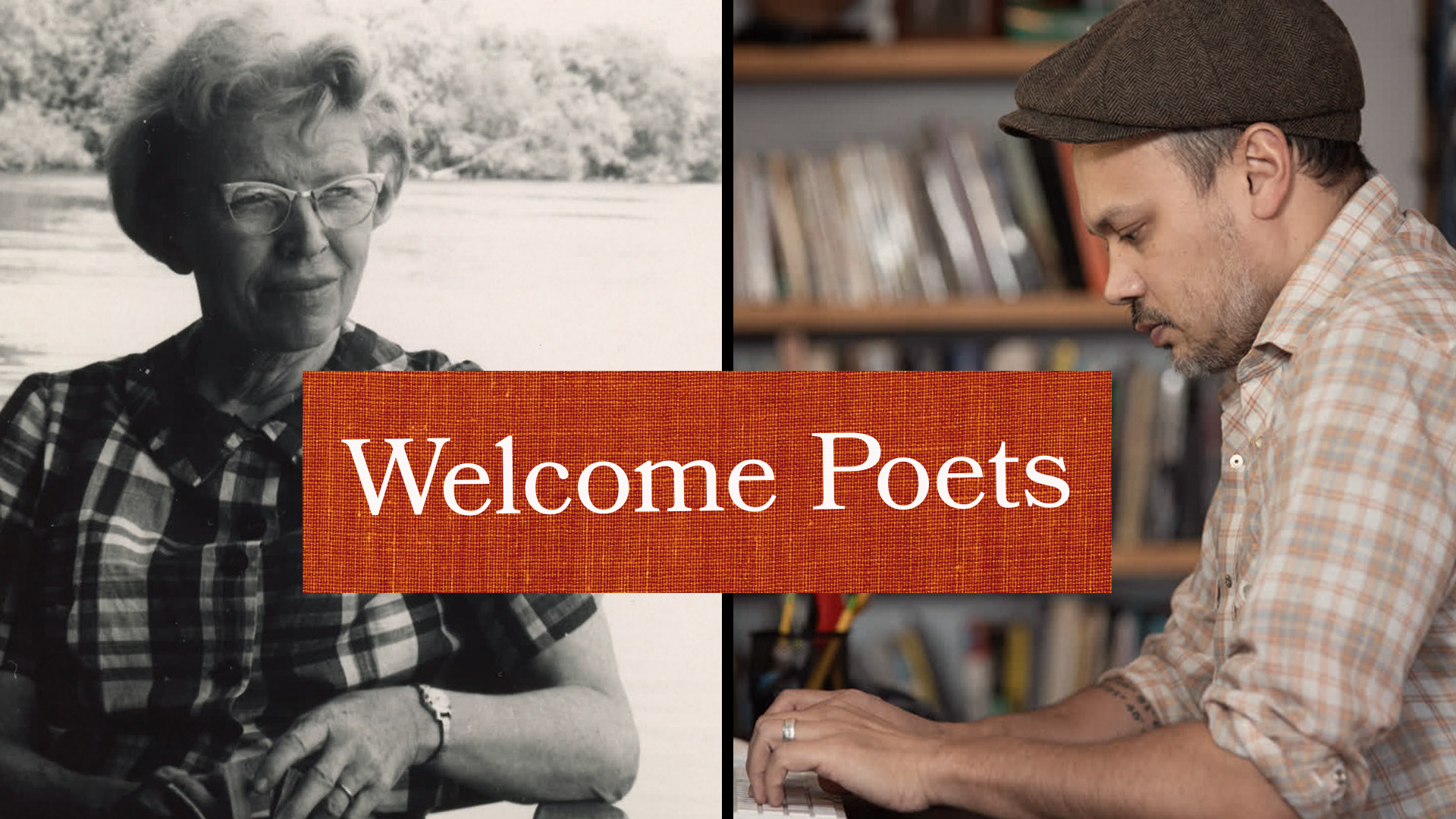
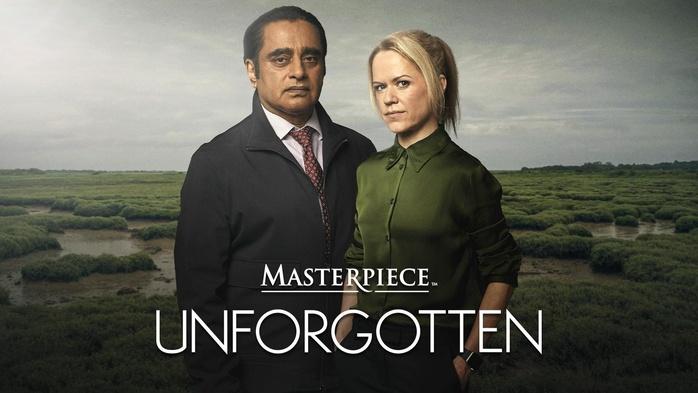

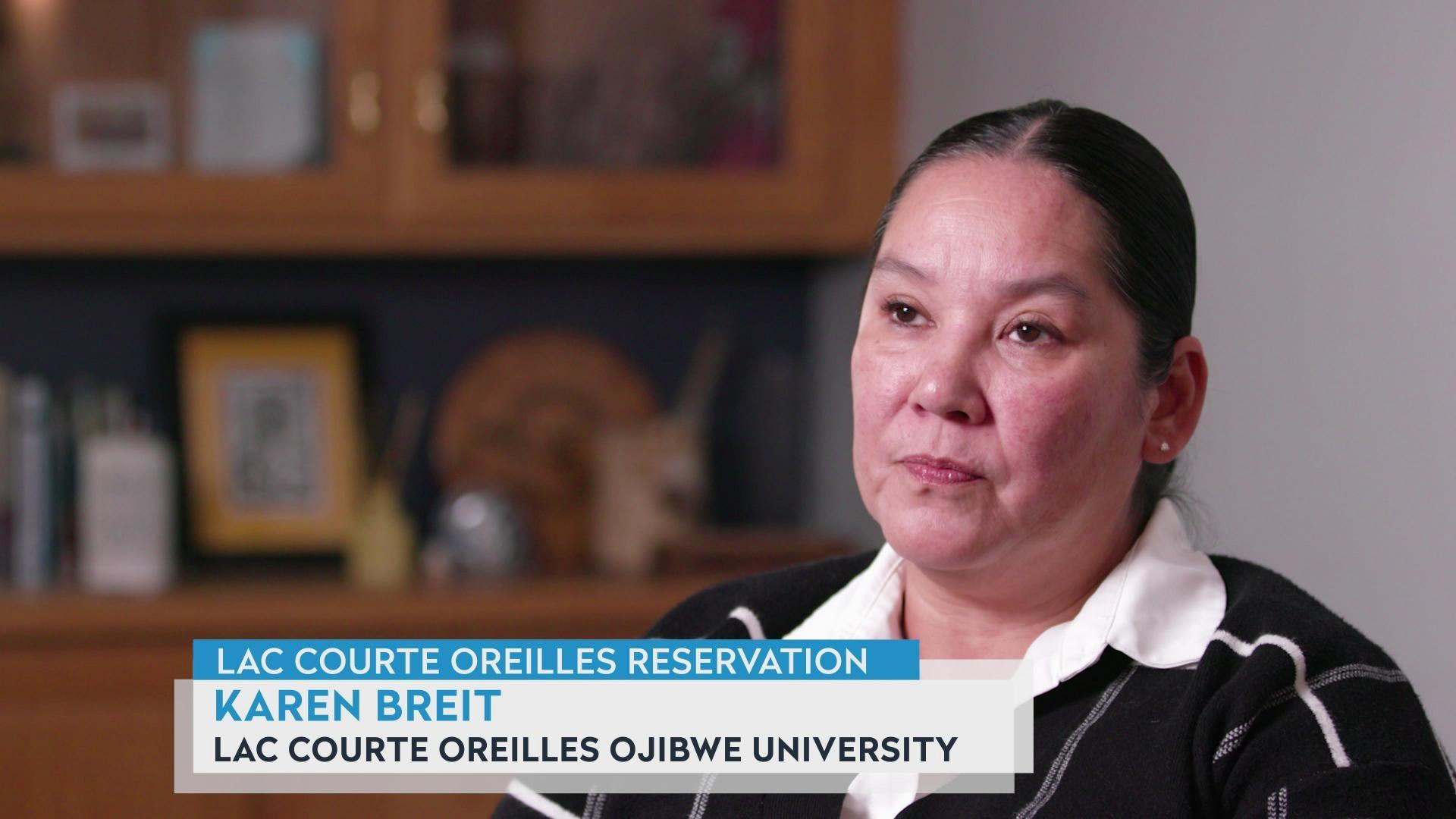

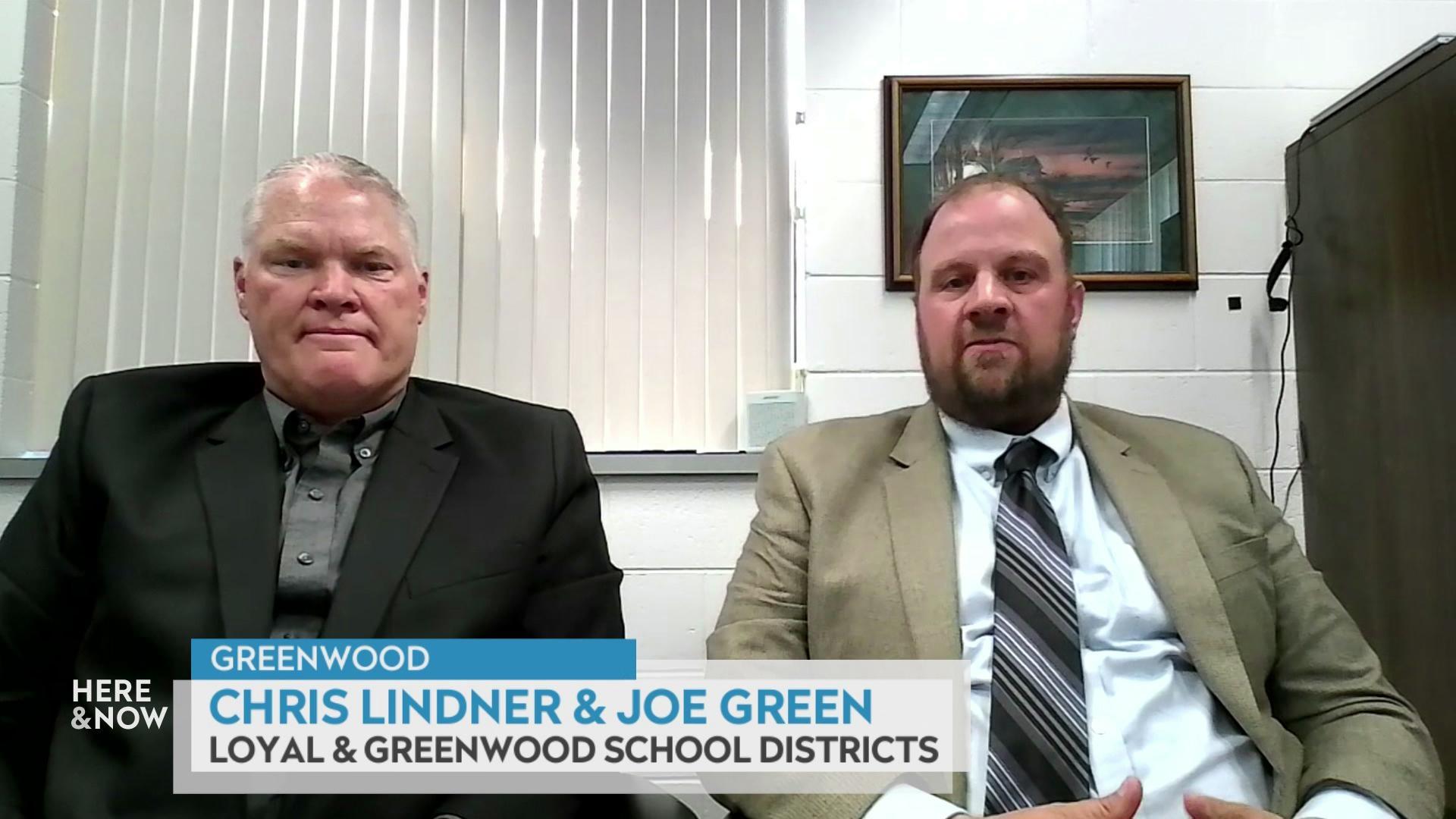
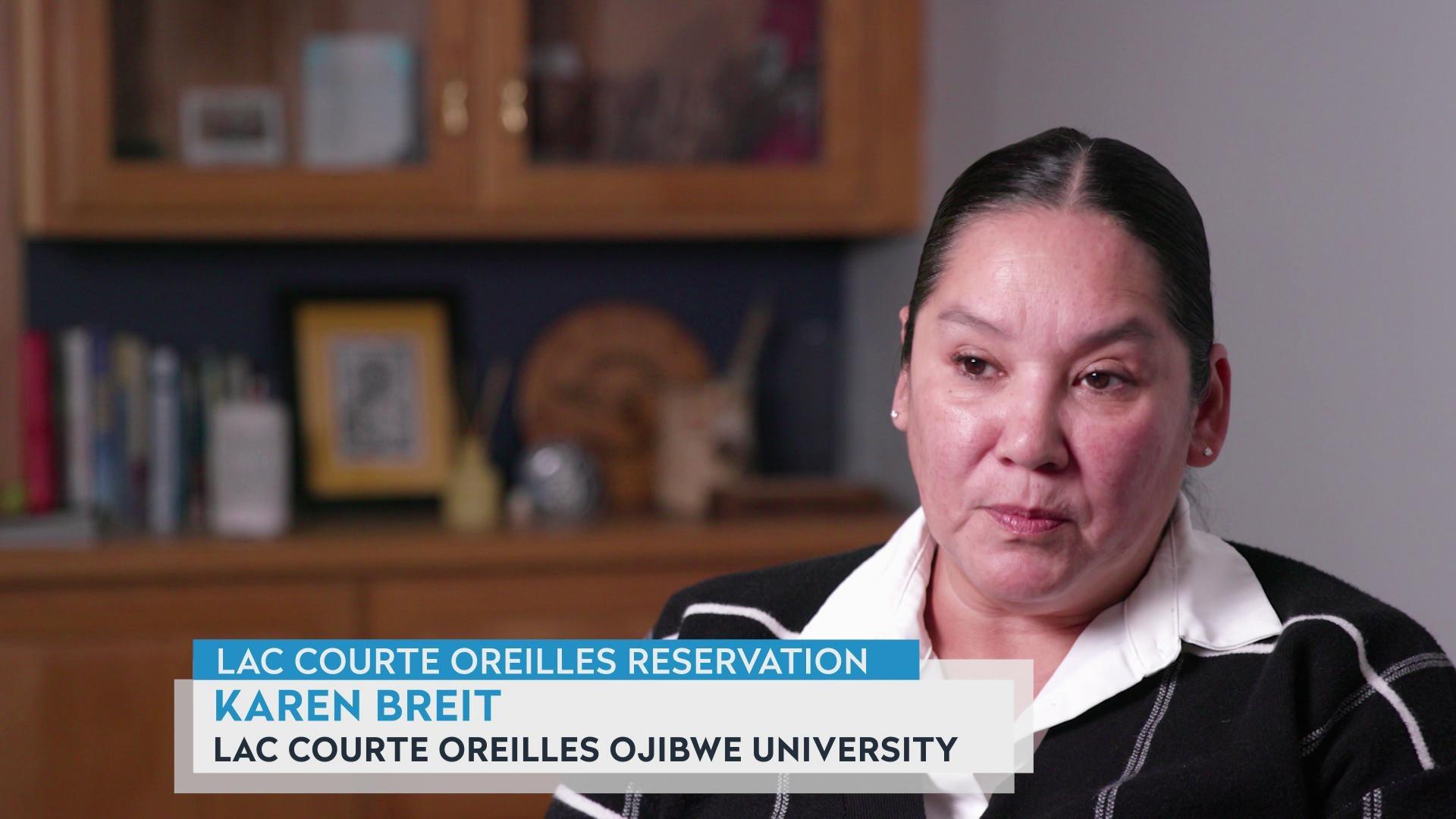
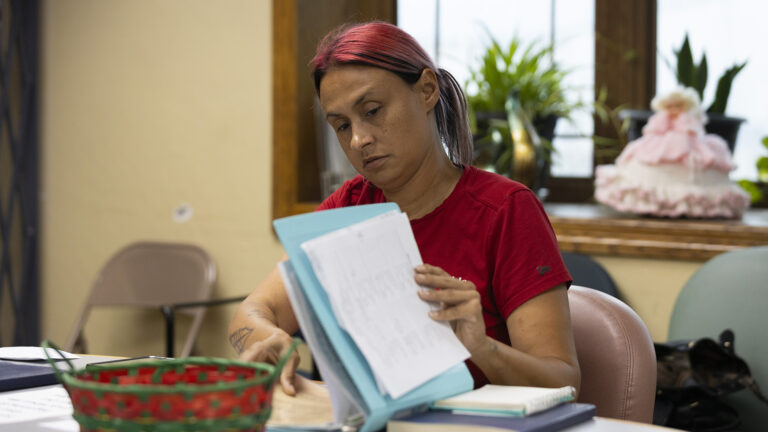
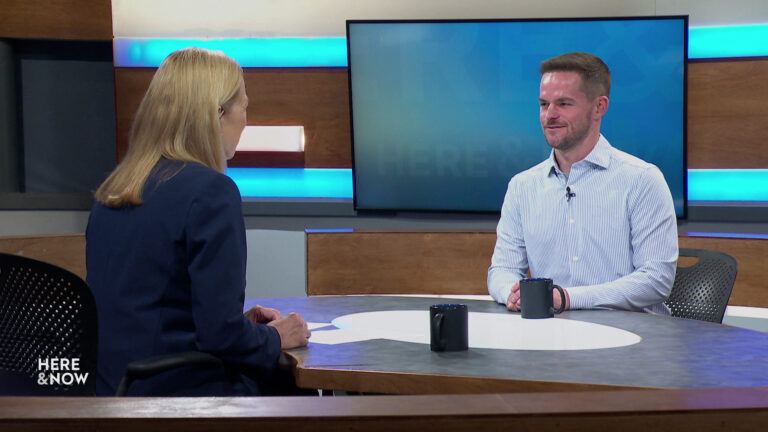
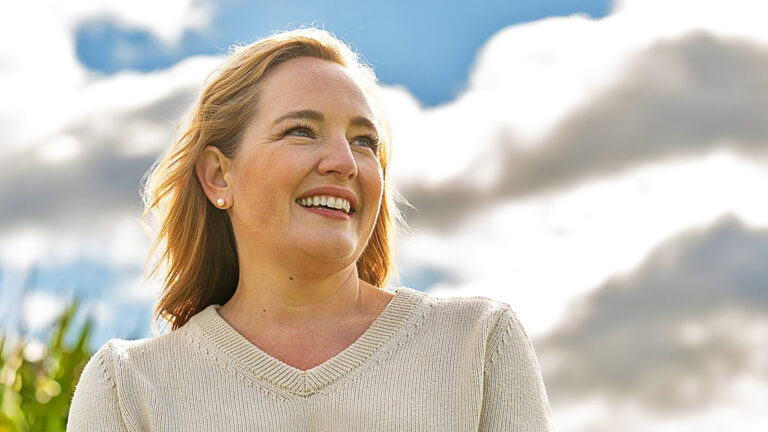
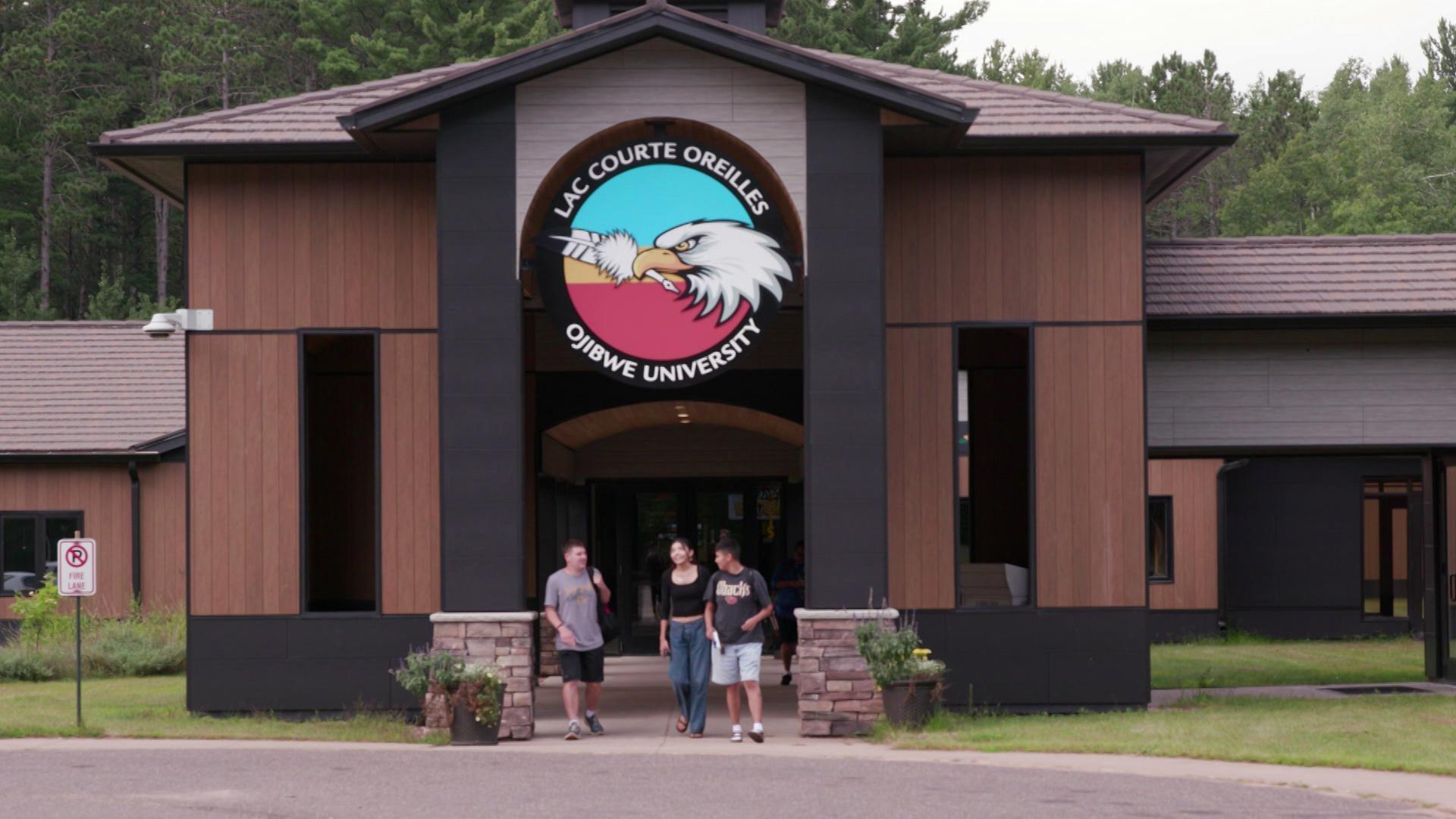
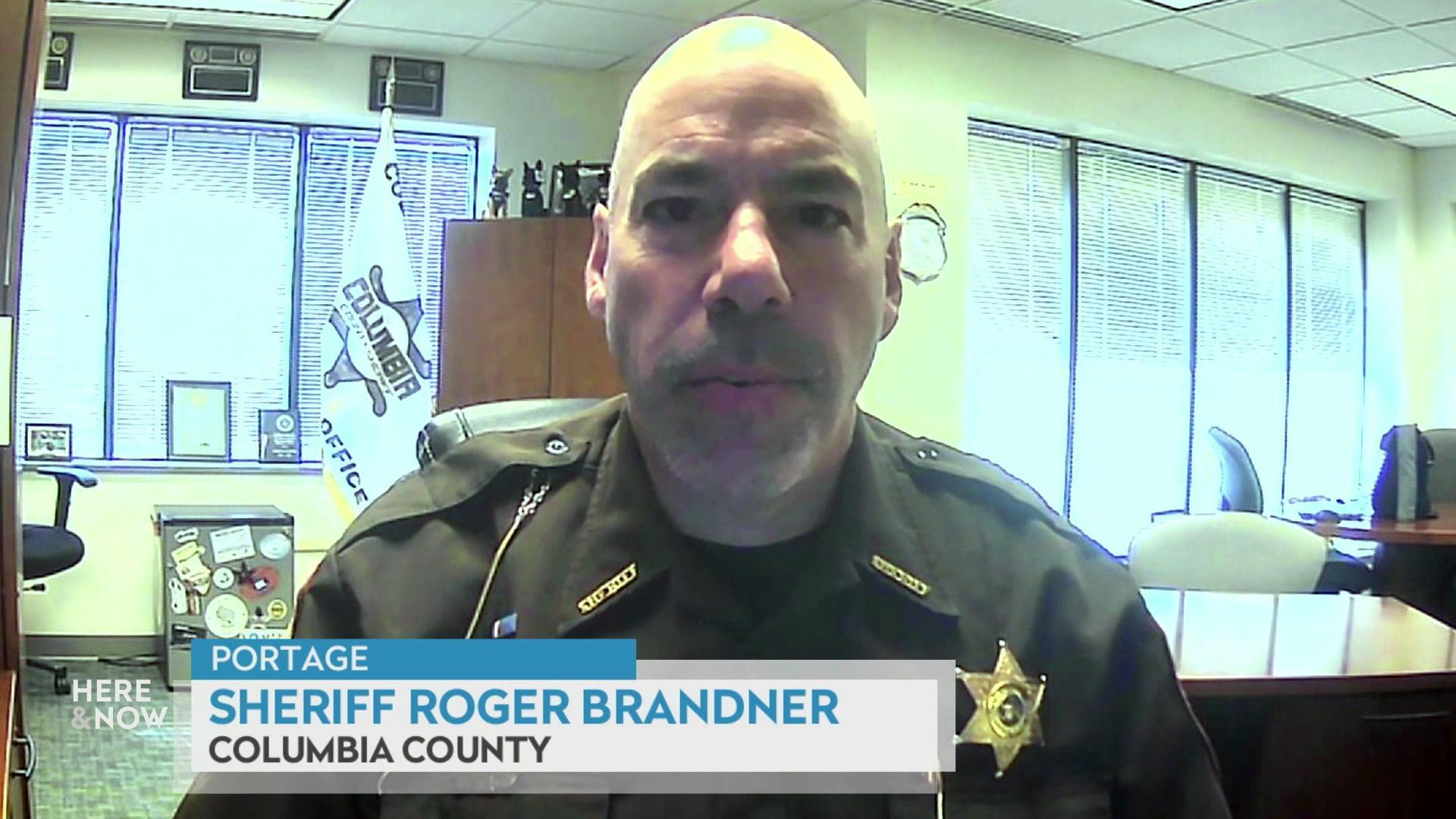
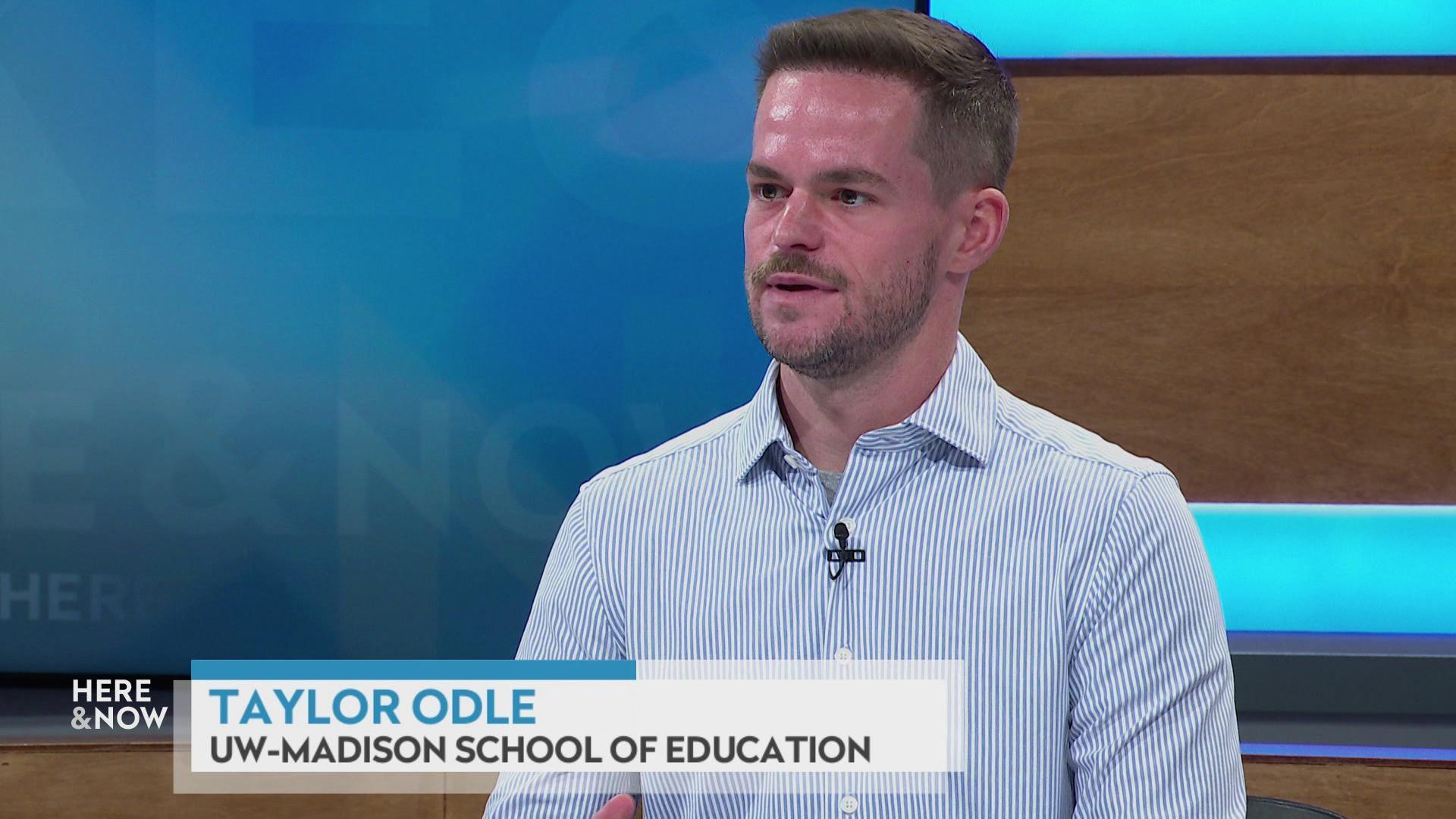
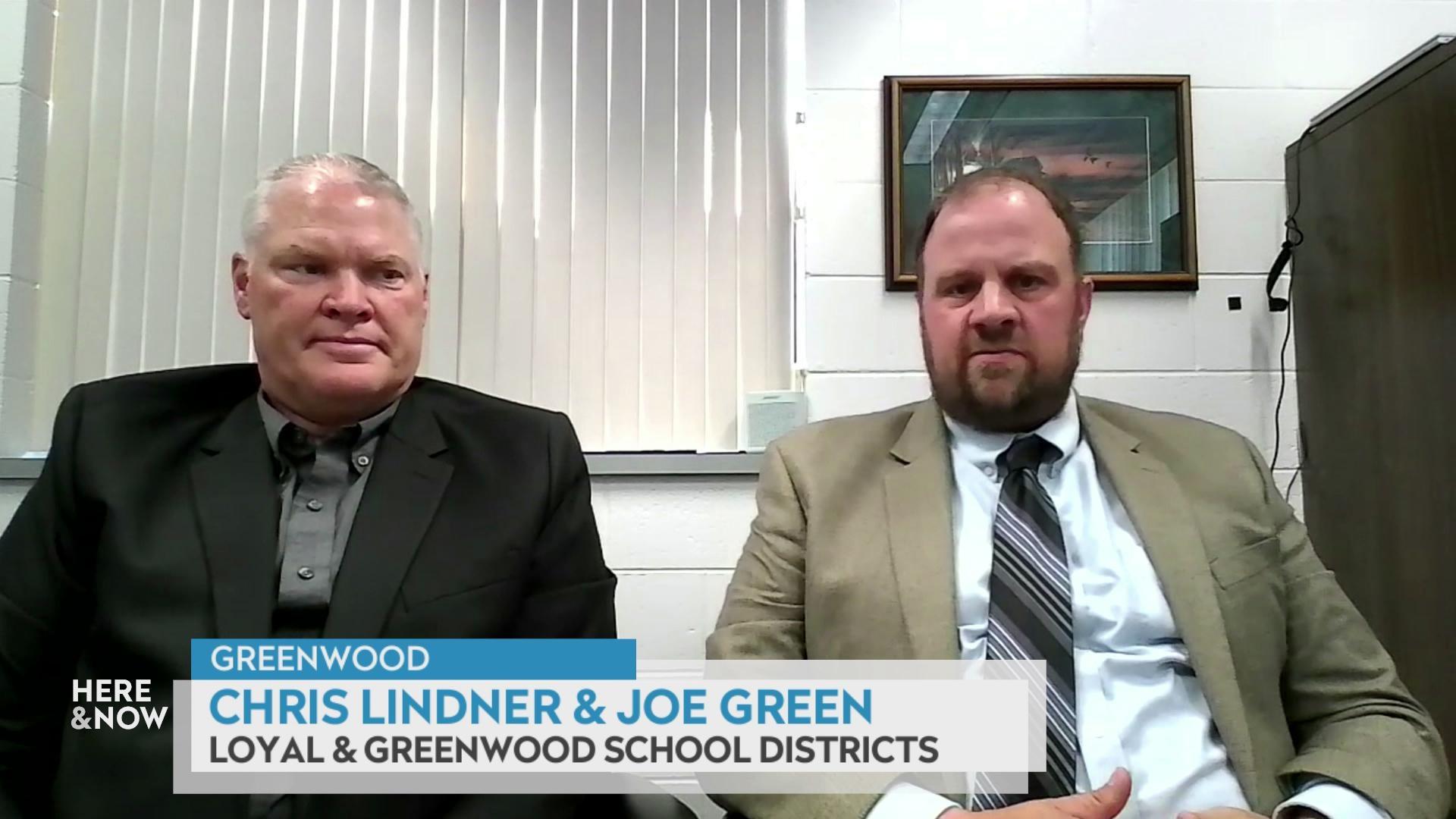
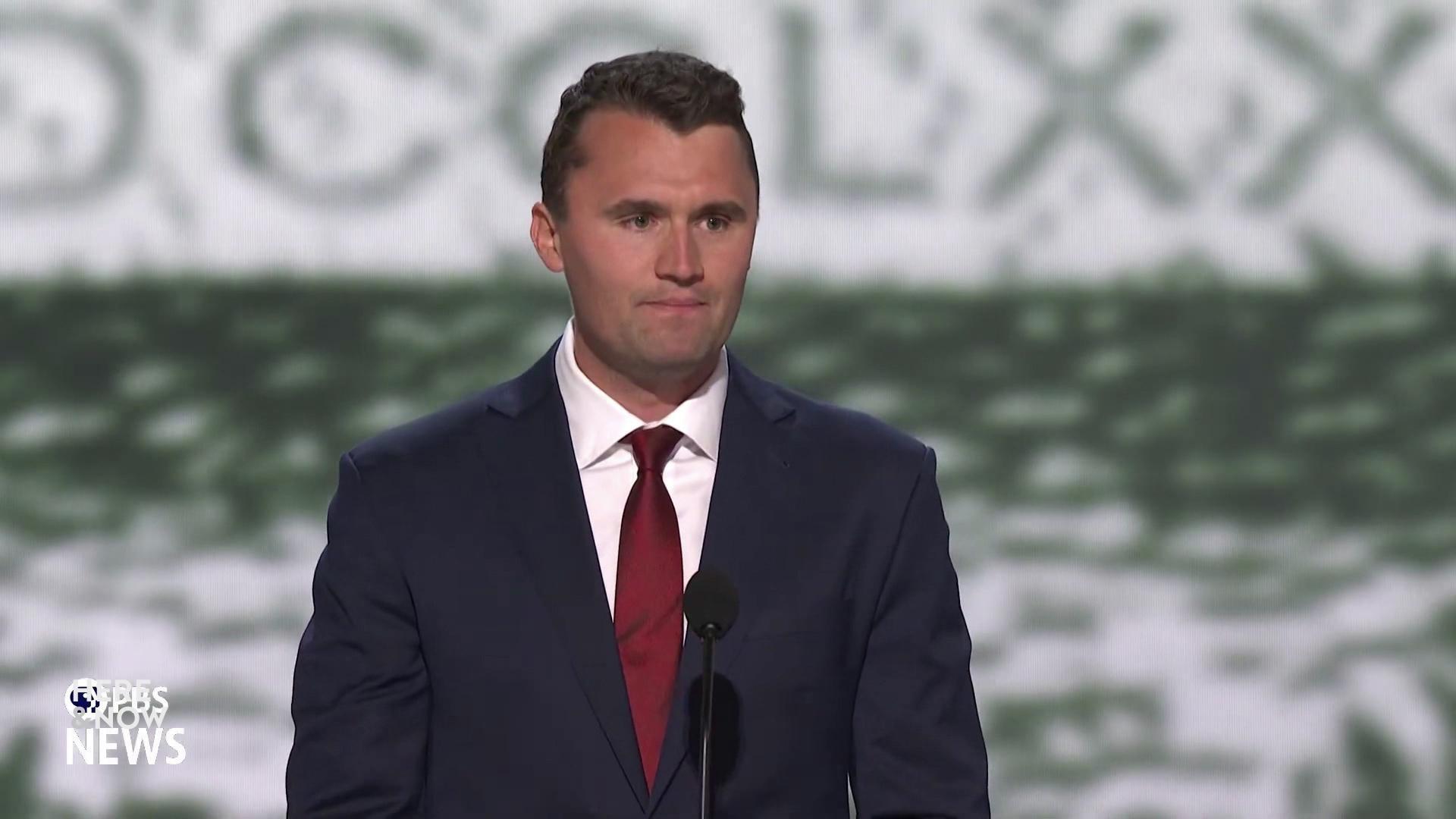

Follow Us